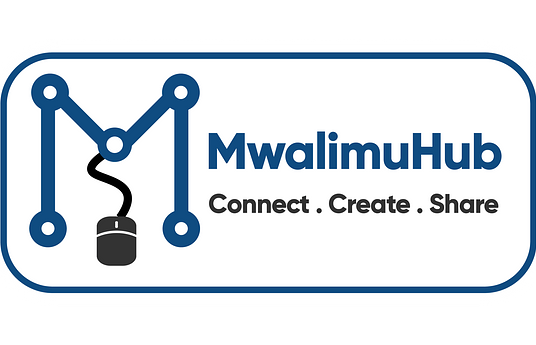Teach the Teacher is a program designed by students to create positive school communities through student led conversations.
It is a program developed by the Victorian Student Representative Council (VicSRC), the peak body representing school aged students in Victoria, Australia.
Teach the Teacher supports students to voice their own and their peers’ opinions and ideas about their school experience and share these with their teachers.
After collecting student data, students run a professional development session for their teachers on an issue identified as significant to their school experience. During this session, students and teachers engage in collaborative conversation and explore how to create meaningful change.
Beyond this, students plan and undertake this action with the support of their teachers and the VicSRC. Outcomes of Teach the Teacher include improved student-teacher relationships and positive whole school change.

